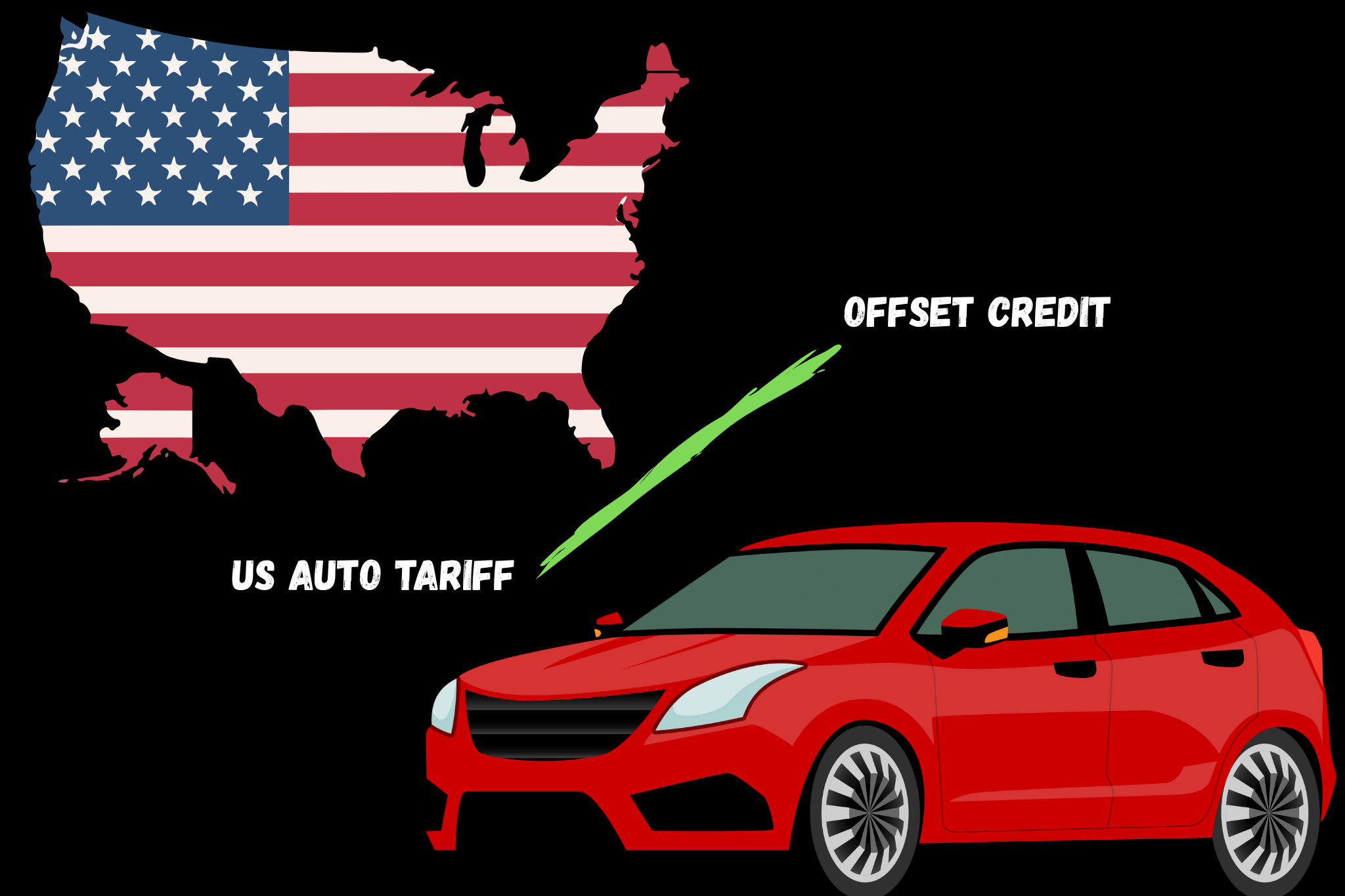

When President Trump invoked Section 232 ‘national security’ tariffs on imported auto parts (effective May 3, 2025), it was a uniform 25 per cent duty on key systems from transmissions to lithium-ion batteries. Panic spread far and wide! And then, to temper the immediate cost shock for US automakers, the Department of Commerce rolled out an ‘Offset Credit’ mechanism. But, answers to what exactly the mechanism is, how to leverage it, and how beneficial the mechanism can be for US automakers and global businesses are found scattered across the board.
 Image for referential purposes only
Image for referential purposes only
In 2024, the United States of America solidified its position as the world’s leading market for automotive products, importing a record USD 474.3 billion worth of vehicles, engines and parts while exporting roughly USD 142 billion, a gap driven by standalone auto-parts imports of USD 197.3 billion versus exports of USD 82.8 billion, and passenger‐vehicle exports of USD 59.2 billion. Against this backdrop, electric vehicles (EVs) reached 1.56 million unit sales in 2024, commanding a 10 per cent share of all light-duty vehicle sales, double their share just two years earlier.
There has been a noticeable surge in EV adoption, driven by higher average transaction prices (USD 56,000 versus USD 40,000 for internal-combustion models) and federal incentives, and thus the offset credit is equally beneficial for both fuel-consuming vehicles.
Defining the offset credit
In May 2025, President Trump’s second-term directive imposed a 25 per cent Section 232 tariff on automobile parts imports, covering everything from transmissions and engines to lithium-ion batteries and electronic control units.
To temper the sudden cost spike for US assemblers, the Department of Commerce unveiled an offset credit program. Rather than rescind the tariff, it offers a non-refundable rebate calculated as a percentage of the Manufacturer’s Suggested Retail Price (MSRP) of eligible vehicles assembled in the United States. By linking relief directly to domestic production value, the policy aligns trade enforcement with industrial-policy goals, especially critical as EVs, with their higher MSRPs, generate proportionally larger credits.
Earning and claiming credits
Responses








